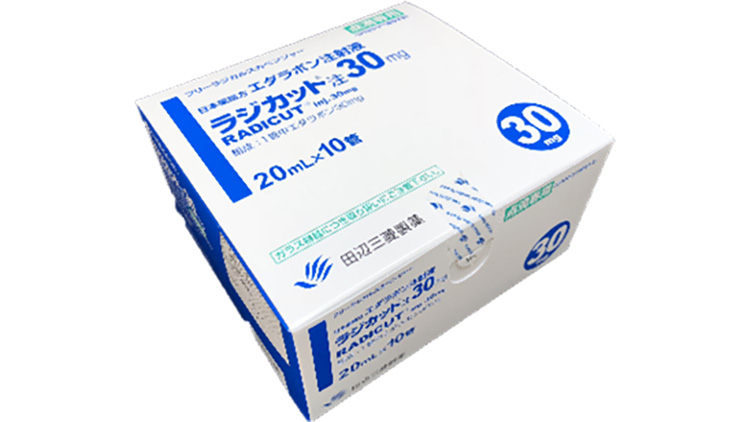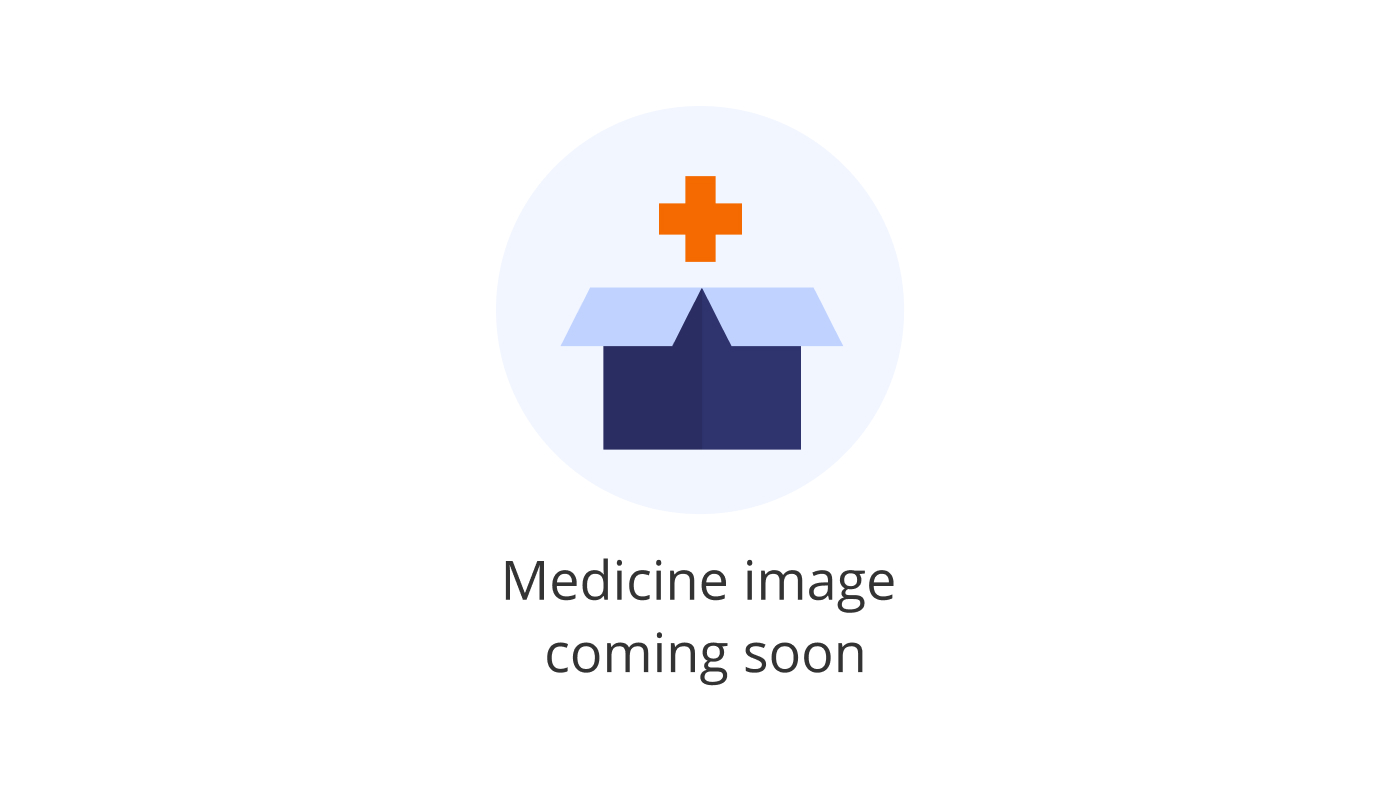New Cerebral Infarction treatments 2024
New Cerebral Infarction Treatments 2024
Cerebral infarction, commonly known as ischemic stroke, occurs when a blood clot blocks or narrows an artery leading to the brain, causing a significant reduction in blood flow. This lack of blood flow results in the deprivation of oxygen and essential nutrients to the brain tissue, which can cause cells to die in the affected area. Symptoms of cerebral infarction can vary depending on the part of the brain that is impacted, but often include sudden numbness or weakness, especially on one side of the body, confusion, trouble speaking or understanding speech, difficulty seeing in one or both eyes, and severe headache with no known cause. Prompt medical attention is crucial, as early treatment can minimize brain damage and potential complications. The risk factors for cerebral infarction include hypertension, high cholesterol, diabetes, obesity, and smoking, and managing these conditions can help prevent the occurrence of strokes.
When considering treatment options for cerebral infarction, it is important to understand that the primary goal is to restore blood flow to the affected area of the brain as quickly as possible. Medications such as tissue plasminogen activator (tPA), which is a clot-busting drug, may be used if administered within a certain time frame from the onset of symptoms. Antiplatelet drugs like aspirin or anticoagulants such as warfarin may also be prescribed to prevent further clotting. In some cases, surgical interventions like carotid endarterectomy or angioplasty with stenting may be necessary to remove blockages or widen narrowed arteries. Patients should discuss with their healthcare provider to determine the most appropriate treatment based on the severity of the stroke, the time since symptoms began, and their overall health condition.

Treatment options
| Treatment option | Estimated cost | Efficacy | Eligibility |
|---|---|---|---|
| Thrombolytic Therapy (e.g., Alteplase) | $2,000 - $5,000 | Effective if administered within 4.5 hours of stroke onset | Patients with ischemic stroke within 4.5 hours of symptom onset |
| Mechanical Thrombectomy | $15,000 - $50,000 | Highly effective in removing large vessel occlusions | Patients with large artery occlusions within 6-24 hours of symptom onset |
| Antiplatelet Agents (e.g., Aspirin) | $5 - $25 | Effective in reducing the risk of recurrent stroke | Most stroke patients, except those with contraindications |
| Anticoagulants (e.g., Warfarin) | $50 - $300 | Effective in preventing stroke in patients with atrial fibrillation | Patients with atrial fibrillation and other specific conditions |
| Edaravone (Radicut) | $1,000 - $2,000 | Shown to be effective in reducing neurological symptoms in some patients | Approved in Japan and other countries for stroke; under investigation in the U.S. |
| Ketas (Ibudilast) | $300 - $600 | May have neuroprotective effects; more research needed | Not approved by the FDA for stroke; used off-label or in clinical trials |
| Statin Therapy | $15 - $50 | Effective in secondary prevention of stroke | Patients with history of stroke or transient ischemic attack (TIA) |
| Blood Pressure Lowering Agents | $10 - $100 | Effective in reducing the risk of recurrent stroke | Patients with hypertension and history of stroke or TIA |
| Experimental Neuroprotective Agents | $500 - $2,000 | Varies; currently under investigation | Patients enrolled in clinical trials |
| Experimental Stem Cell Therapy | $10,000 - $100,000 | Varies; currently under investigation | Patients enrolled in clinical trials |
Treatments options in detail
Acute Treatment of Cerebral Infarction
The initial treatment for cerebral infarction, commonly known as ischemic stroke, focuses on restoring blood flow to the affected area of the brain. The most common and immediate treatment involves the administration of tissue plasminogen activator (tPA), a thrombolytic agent that dissolves the clot obstructing the blood vessel. This medication must be given within a narrow window, typically within 4.5 hours from the onset of symptoms, to be effective and reduce the risk of complications, such as intracerebral hemorrhage.
Another acute treatment option is mechanical thrombectomy, which is a procedure where a catheter is threaded through the blood vessels to the site of the clot, and the clot is physically removed. This procedure is often used in conjunction with tPA and can be performed within 6 to 24 hours from symptom onset, depending on the location and extent of the clot.
Secondary Prevention and Rehabilitation
Following the acute phase, secondary prevention of future strokes is critical. This typically involves antiplatelet drugs such as aspirin, clopidogrel, and the combination of aspirin and extended-release dipyridamole. Anticoagulant medications like warfarin, dabigatran, rivaroxaban, apixaban, or edoxaban may be used in patients with atrial fibrillation or other conditions that increase the risk of clot formation.
Rehabilitation is a cornerstone of post-stroke care, with the goal of improving function and promoting independence. This typically includes physical therapy, occupational therapy, and speech-language therapy, depending on the deficits caused by the stroke.
Off-Label and Investigational Treatments
Edaravone, also known by its brand name Radicut, is an antioxidant that has been studied for its neuroprotective effects in the treatment of cerebral infarction. While it is approved in some countries for the treatment of acute ischemic stroke, it is not currently approved by the FDA for this indication. Edaravone is thought to work by scavenging free radicals, which are toxic byproducts that can accumulate in the brain after a stroke.
Ketas, also known as ibudilast, is another medication that has been investigated for its potential use in treating cerebral infarction. It has anti-inflammatory and neuroprotective properties and is approved in some countries for the treatment of asthma and post-stroke complications. Its use in cerebral infarction is considered off-label and not approved by the FDA.
Experimental Treatments
Stem cell therapy is an experimental treatment that has been explored for its potential to regenerate damaged brain tissue and improve functional outcomes in stroke patients. Clinical trials are ongoing to determine the safety and efficacy of various types of stem cells, including mesenchymal stem cells and induced pluripotent stem cells.
Another area of research is the use of neuroprotective agents that aim to shield the brain from the cascade of cellular events that occur after a stroke. These agents are designed to minimize the extent of brain damage and improve recovery. However, many neuroprotective drugs have shown promise in animal models but have not yet translated into successful treatments in human trials.
Gene therapy and the use of growth factors are also being investigated as ways to promote brain repair and recovery after a stroke. These treatments are still in the early stages of research and are not yet available outside of clinical trials.
Considerations for Treatment Selection
The choice of treatment for cerebral infarction depends on several factors, including the type and severity of the stroke, the time elapsed since symptom onset, the patient's medical history, and the presence of contraindications to certain therapies. It is crucial for healthcare providers to assess each patient individually to determine the most appropriate treatment plan.
Patients and their families should be informed of the potential benefits and risks associated with each treatment option, including off-label and experimental therapies. Participation in clinical trials may be an option for some patients and can provide access to cutting-edge treatments that are not yet widely available.
In all cases, the goal of treatment is to minimize brain damage, prevent complications, and maximize the patient's recovery and quality of life. Ongoing research continues to explore new and improved treatments for cerebral infarction, with the hope of offering better outcomes for stroke survivors in the future.
Conclusion
Cerebral infarction requires prompt and effective treatment to reduce the risk of long-term disability and improve survival. The standard treatments, such as tPA and mechanical thrombectomy, are complemented by secondary prevention strategies and rehabilitation. Off-label use of medications like Edaravone and Ketas, as well as experimental therapies, offer additional avenues for treatment, although their availability and efficacy may vary. It is essential for healthcare providers to stay informed about the latest developments in stroke treatment to provide the best possible care for their patients.
Symptoms
Symptoms of Cerebral Infarction
Cerebral infarction, commonly known as ischemic stroke, occurs when a blood vessel supplying blood to the brain is obstructed. It can lead to a variety of symptoms, which typically depend on the area of the brain that is affected. The most common symptoms of cerebral infarction include:
Sudden Numbness or Weakness: Patients often experience sudden numbness, weakness, or paralysis in the face, arm, or leg, especially on one side of the body. This can result in a noticeable droop or an inability to move the affected side of the face, or difficulty in lifting the arm or leg on one side.
Confusion and Difficulty Speaking: Sudden confusion, trouble speaking, or difficulty understanding speech are hallmark signs. Individuals may slur their words, have trouble forming words, or be unable to comprehend what others are saying to them.
Visual Disturbances: Sudden trouble seeing in one or both eyes can occur, including blurred vision, double vision, or a loss of vision that is often described as a curtain coming down over one's eyes.
Headache: A sudden, severe headache, which may be described as the worst headache of one's life, can signal a cerebral infarction. This headache may be accompanied by dizziness, vomiting, or altered consciousness if it is related to bleeding in the brain.
Difficulty Walking: A loss of balance, dizziness, or a sudden lack of coordination may lead to stumbling or an inability to walk straight. This can be accompanied by a sudden feeling of vertigo or a spinning sensation.
Other Symptoms: Depending on the specific brain area affected, symptoms can also include a sudden feeling of numbness or a pins-and-needles sensation, severe lethargy, an inability to move parts of the body, involuntary movements, and muscle weakness.
Less common symptoms can also occur, and they may be more subtle or develop over time. These can include:
Cognitive or Behavioral Changes: There may be changes in memory, spatial awareness, judgment, problem-solving skills, and other cognitive functions. Personality changes or mood swings are also possible.
Emotional Disturbances: Patients may experience sudden emotional changes, such as feeling more prone to crying or laughing, often without an appropriate trigger.
Swallowing Difficulties: Dysphagia, or difficulty swallowing, can occur, which may lead to coughing or choking when trying to eat or drink.
Sensory Changes: Altered sensation, such as a decreased ability to feel pain, temperature, or touch, can affect parts of the body.
Incontinence: A lack of control over bladder or bowel functions may develop, leading to urinary or fecal incontinence.
It is important to note that the symptoms of cerebral infarction can vary widely and may not always be immediately recognizable. Some individuals may experience a transient ischemic attack (TIA), also known as a mini-stroke, which produces similar symptoms to a stroke but lasts only a few minutes to hours and does not cause permanent damage. However, a TIA is a warning sign of a possible future stroke, and medical attention should be sought immediately.
Recognizing the symptoms of cerebral infarction promptly is critical, as early treatment can significantly affect the outcome. The acronym F.A.S.T. (Face drooping, Arm weakness, Speech difficulties, Time to call emergency services) is often used to help remember the key signs of stroke and the importance of acting quickly.
Lastly, it's worth mentioning that the severity and combination of symptoms can vary from person to person. Some individuals may experience only mild symptoms, while others may have severe or rapidly worsening symptoms. Regardless of the severity, seeking immediate medical attention is crucial for the best possible prognosis.
Cure
Current Treatment Approaches for Cerebral Infarction
Cerebral infarction, commonly known as ischemic stroke, occurs when a blood clot blocks or narrows an artery leading to the brain, resulting in a significant decrease in blood flow and oxygen to a part of the brain. This can cause brain cells to die, leading to permanent damage. While there is no outright 'cure' for cerebral infarction, there are several treatments available that can help minimize brain damage and improve outcomes if administered promptly.
Acute Management and Thrombolytic Therapy
The most immediate treatment for a cerebral infarction is to restore blood flow to the affected area of the brain as quickly as possible. Thrombolytic therapy, also known as clot-busting drugs, is one of the primary treatments for acute ischemic stroke. The most commonly used thrombolytic agent is tissue plasminogen activator (tPA), which can dissolve the clot and restore blood flow. However, tPA must be administered within a narrow window of time—typically within 4.5 hours from the onset of stroke symptoms—to be effective and reduce the risk of serious bleeding complications. In some cases, newer thrombolytics with potentially broader treatment windows are being investigated.
Mechanical Thrombectomy
Mechanical thrombectomy is another treatment option for certain types of cerebral infarction, particularly for large vessel occlusions. This procedure involves physically removing the blood clot from the blocked artery using a device called a stent retriever, which is threaded through the blood vessels to the site of the clot. Mechanical thrombectomy has been shown to be effective when performed within 6 to 24 hours of stroke onset in selected patients, and ongoing research is evaluating the potential of extending this time window.
Secondary Prevention
After the acute phase of a cerebral infarction, the focus shifts to secondary prevention to reduce the risk of future strokes. This includes managing risk factors such as hypertension, diabetes, high cholesterol, and smoking. Medications such as antiplatelet drugs (e.g., aspirin, clopidogrel) and anticoagulants (e.g., warfarin, direct oral anticoagulants) may be prescribed to prevent clot formation. Statins and other lipid-lowering drugs can also be used to manage cholesterol levels and reduce the risk of plaque buildup in the arteries.
Neuroprotective Agents
Research into neuroprotective agents aims to protect the brain from the effects of ischemia by inhibiting the harmful pathways that lead to cell death. While many neuroprotective drugs have shown promise in animal models, none have yet been proven effective in human clinical trials for cerebral infarction. Therefore, neuroprotective agents are not currently a standard part of stroke treatment, but research in this area continues.
Rehabilitation
Rehabilitation is a crucial part of the recovery process for individuals who have suffered a cerebral infarction. Rehabilitation does not cure the condition but helps patients regain as much function as possible. This can include physical therapy to improve strength and coordination, occupational therapy to assist with daily activities, speech therapy to address communication issues, and psychological counseling to cope with the emotional impact of the stroke.
Investigational Treatments and Clinical Trials
Ongoing clinical trials are investigating new potential treatments for cerebral infarction. These include novel thrombolytic agents, combination therapies, stem cell therapy, and approaches to enhance neuroplasticity and recovery. Participation in clinical trials is an option for some patients and can provide access to cutting-edge treatments that are not yet widely available.
Lifestyle Modifications
In addition to medical treatments, lifestyle modifications play a significant role in managing the risk of recurrent cerebral infarction. These include adopting a healthy diet, engaging in regular physical activity, maintaining a healthy weight, controlling blood pressure, moderating alcohol consumption, and avoiding tobacco use. These measures can help improve overall health and reduce the risk of stroke and other cardiovascular diseases.
Conclusion
While there is no cure for cerebral infarction, a combination of acute treatments, secondary prevention strategies, rehabilitation, and lifestyle changes can significantly improve outcomes and reduce the risk of subsequent strokes. Early recognition and treatment are critical for the best possible recovery. Continuous research and development of new treatments offer hope for even better management of cerebral infarction in the future.
Access Cerebral Infarction medicines today
If Cerebral Infarction medicines are not approved or available in your country (e.g. due to supply issues), you can access them via Everyone.org.
How Everyone.org works

Make an enquiry
Choose the medicine you want to access, answer a couple of questions, and upload your prescription to speed things up. We’ll get back to you within 24 hours.


Make an enquiry
Choose the medicine you want to access, answer a couple of questions, and upload your prescription to speed things up. We’ll get back to you within 24 hours.


Breeze through the paperwork
We'll guide you through the required documents for importing unapproved medicine, ensuring you have all the necessary information.


Get a personalized quote
We’ll prepare a quote for you, including medicine costs and any shipping, administrative, or import fees that may apply.


Receive your medicine
Accept the quote and we’ll handle the rest - sourcing and safely delivering your medicine.

Some text on this page has been automatically generated. Speak to your physician before you start a new treatment or medication.
Let's talk
If you have any questions, call us or send us a message through WhatsApp or email:
Contact us





